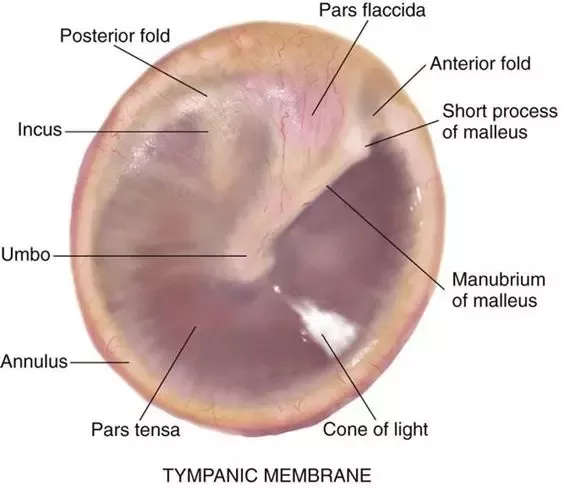The nurse is preparing to assess the visual acuity of an adult patient, which of the following assessment should the nurse use for visual acuity
Perform the conduntation test
Ask the patient to read the point on a handheld larger card
Determine the patient's ability to read newsprint at a distance of 12 to 1 mche
Use the Snellen chart positioned 20 feet away from the patient
The Correct Answer is D
A. Perform the confrontation test:
The confrontation test is a basic visual field screening test. It assesses the peripheral vision by having the patient cover one eye and the examiner covers the opposite eye. The patient and the examiner then bring their fingers into the visual field from the periphery, and the patient indicates when they see the fingers.
B. Ask the patient to read the print on a handheld Jaeger card:
Jaeger cards are used for near vision testing. The patient reads progressively smaller print to assess their near vision acuity.
C. Determine the patient's ability to read newsprint at a distance of 12 to 14 inches:
This method assesses near vision. It is often used informally in clinical settings, where the patient is asked to read a newspaper or similar print at a comfortable reading distance.
D. Use the Snellen chart positioned 20 feet away from the patient:
The Snellen chart is a standardized chart used for visual acuity testing. It is placed 20 feet away from the patient, and the patient is asked to read the letters or symbols on the chart with one eye covered at a time.
Nursing Test Bank
Naxlex Comprehensive Predictor Exams
Related Questions
Correct Answer is D
Explanation
A. A shiny, pearly white color tympanic membrane: This is a normal finding. A healthy tympanic membrane often appears shiny and pearly white.
B. The presence of cerumen: This is a normal finding. Cerumen, or earwax, is a natural substance that helps protect the ear canal.
C. The presence of a cone of light: This is a normal finding. The cone of light is a reflection of the otoscope light on the tympanic membrane and is a normal variation.
D. A yellow or amber color to the tympanic membrane: This is considered an abnormal finding. A yellow or amber coloration of the tympanic membrane can indicate the presence of fluid or infection behind the eardrum, which may be a sign of otitis media or other ear conditions.

Correct Answer is D
Explanation
A. Perform the confrontation test:
The confrontation test is a basic visual field screening test. It assesses the peripheral vision by having the patient cover one eye and the examiner covers the opposite eye. The patient and the examiner then bring their fingers into the visual field from the periphery, and the patient indicates when they see the fingers.
B. Ask the patient to read the print on a handheld Jaeger card:
Jaeger cards are used for near vision testing. The patient reads progressively smaller print to assess their near vision acuity.
C. Determine the patient's ability to read newsprint at a distance of 12 to 14 inches:
This method assesses near vision. It is often used informally in clinical settings, where the patient is asked to read a newspaper or similar print at a comfortable reading distance.
D. Use the Snellen chart positioned 20 feet away from the patient:
The Snellen chart is a standardized chart used for visual acuity testing. It is placed 20 feet away from the patient, and the patient is asked to read the letters or symbols on the chart with one eye covered at a time.
Whether you are a student looking to ace your exams or a practicing nurse seeking to enhance your expertise , our nursing education contents will empower you with the confidence and competence to make a difference in the lives of patients and become a respected leader in the healthcare field.
Visit Naxlex, invest in your future and unlock endless possibilities with our unparalleled nursing education contents today
Report Wrong Answer on the Current Question
Do you disagree with the answer? If yes, what is your expected answer? Explain.
Kindly be descriptive with the issue you are facing.
